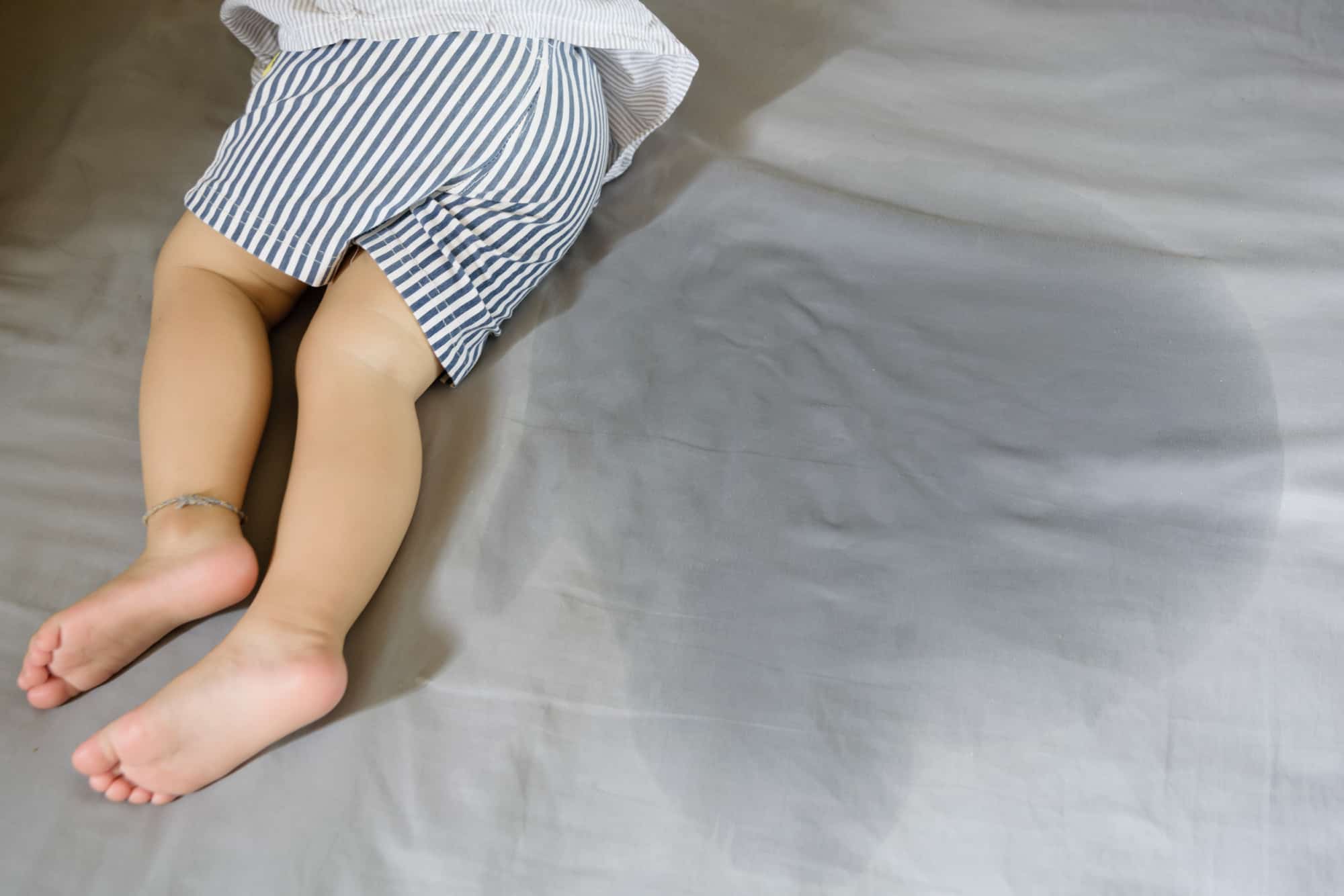
23 May Is there anything chiropractic can do for bed-wetting?
Doctor, is there anything chiropractic can do for bed-wetting? This is a question parents sometimes ask of the chiropractor. Usually, this question is asked when other methods of treatment have been tried and found ineffective. Bed-wetting (enuresis) is another of the many reasons why parents bring their children to see a chiropractor. What can the doctor of chiropractic do for this problem?
In this issue, we will take a look at the reasons why chiropractors have been able to correct this problem when other treatments have failed. We will also look at the conflicting evidence presented in the scientific literature relating to the effectiveness of the chiropractor adjusting the child’s spine to correct this problem.
Most children wet the bed for the first few years of life, but by the age of 4 to 5 years old, most children should be able to establish proper bladder control. Enuresis refers to the inability of a child to establish this proper bladder control resulting in either daytime or nocturnal involuntary urination.
Primary enuresis occurs in a child over five years of age, who has never been able to establish proper bladder control. Secondary enuresis is the diagnosis for the child who has been able to establish proper bladder control, but who has since lapsed back to wetting the bed. Occasionally a pathological mechanism such as neurogenic bladder may be responsible, but usually, no such cause can be identified.
In most cases, bed-wetting is considered as just an unfortunate childhood problem, and no outside treatment is sought. The parents are frequently prepared to simply wait until the child grows out of it, and in most cases, these problems go untreated. The thing that many outsiders do not realize is that it is taxing on the parents and very embarrassing to the child.
The traditional chiropractic approach to treating the child who is a bed-wetter is to adjust the spine, usually in the area of the lumbar spine or sacrum. A review of the anatomy and physiology of the bladder may help us understand why these areas are chosen as the prime target.
Bladder Anatomy and Physiology
Emptying of the urinary bladder is controlled by the detrusor and trigone muscles. The nerve supply to these muscles is via the sacral parasympathetic nerves from S2 to S4.
Appropriate bladder function is also controlled by the urogenital diaphragm which derives its nerve supply from the L2 spinal nerve.
Development of the Sacrum
The sacrum (or tailbone) develops as five separate segments. These segments remain separated until a child reaches puberty, at which time fusion of one sacral segment to another commences. Eventually, the sacrum will be one single bone with all five segments fused together, but this does not occur until the mid-20s.
Because the sacrum consists of separate segments during the early years of life, it is possible that misalignment of these segments can cause nerve irritation or facilitation. This nerve facilitation, especially to the area of the bladder, maybe the cause of the inappropriate bladder function associated with bed-wetting.
As we have seen, the developing sacrum in the early childhood years remains highly mobile, existing as separate spinal segments. During this period, the sacrum can be subjected to repeated trauma from childhood falls and early attempts at walking. This early trauma to the sacrum may be the major reason why bed-wetting in some patients ceases after the spine is adjusted.
Is the Spine the Cause of all Enuresis?
Adjustment of the sacral segments in the bed-wetter has an anecdotal history of effectiveness throughout the years. Recent studies, however, would appear to disagree with such claims. One such study from Australia concluded that spinal adjusting offered little help for enuresis, while another study suggested that good results could be obtained. This apparent disagreement may suggest nothing more than bed-wetting is due to several causes, one of which is spine related. Children with a spinal cause respond while those with other causes of bed-wetting do not.
The conclusion would therefore appear to be to have all children who are bed-wetters evaluated for the possibility of spinal problems as the underlying cause. Coming from experience, the solution may not always be the most obvious but it is important to exhaust all efforts when caring for your children.
If you have any questions regarding your children, please give us a call at 918-940-4630 and Dr Ring would be happy to sit down to discuss the options of your particular case. This is a condition that is very difficult to handle as a parent and a child, but it is one that often has a solution rooted in the spine. Thank you for allowing us to be your chiropractor.

